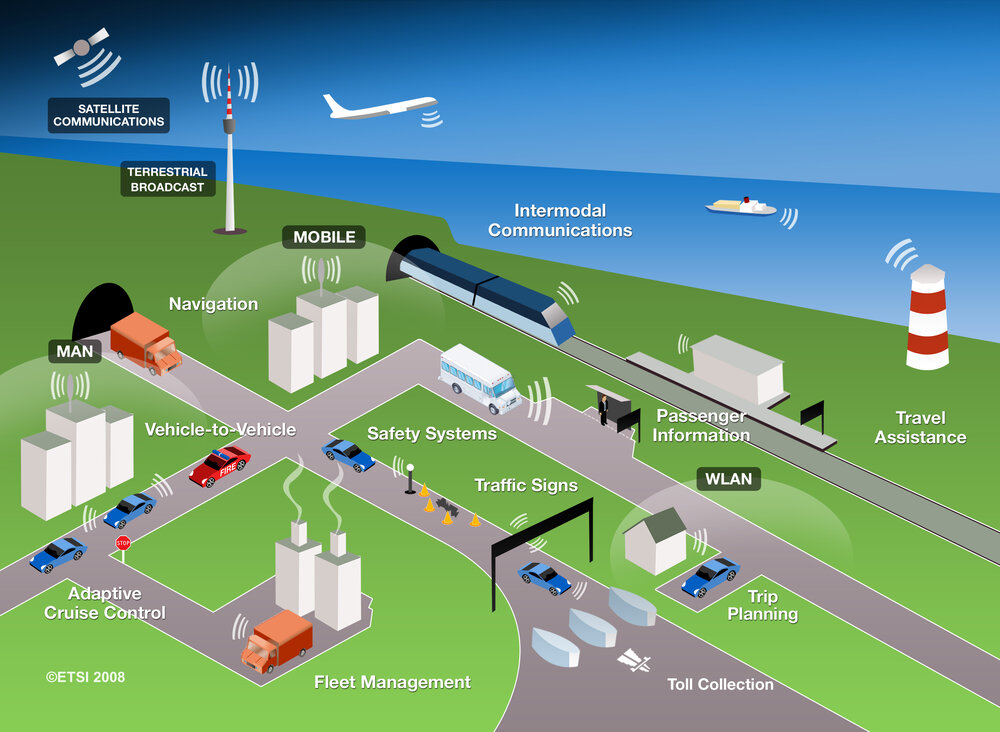Key aviation technology developments in air traffic control systems

Navigating the Skies: Key Aviation Technology Developments in Air Traffic Control Systems
Air travel is a marvel of modern engineering, connecting people and cultures across vast distances. But behind the seamless flow of planes in the sky lies a complex and constantly evolving system of air traffic control (ATC). Technological advancements are transforming how we manage airspace, paving the way for a safer, more efficient, and environmentally conscious aviation future.
1. Data-Driven Decision Making: Embracing Artificial Intelligence (AI)
AI is revolutionizing ATC by analyzing vast amounts of data to predict potential conflicts, optimize flight paths, and manage airspace capacity more effectively. Machine learning algorithms can identify patterns and anomalies in real-time, allowing controllers to anticipate potential problems and take proactive measures. This empowers ATC to be more proactive, allowing for smoother traffic flow and reducing delays.
2. Collaborative Decision Making: Communication Beyond Borders
Interoperability between different air traffic control systems is crucial for seamless international travel. Collaborative Decision Making (CDM) technologies, facilitated by data exchange protocols, allow controllers to share information and coordinate efforts across borders. This enhances efficiency, reduces handoffs, and improves overall safety by enabling a more unified management of airspace.
3. Automation and Efficiency: Empowering the Future of ATC
Automation is playing an increasingly vital role in ATC. Systems like Automatic Dependent Surveillance-Broadcast (ADS-B) allow aircraft to transmit their position and altitude data directly to controllers, enhancing situational awareness and reducing reliance on ground-based radar. Advanced systems like the Controller-Pilot Data Link Communications (CPDLC) enable communication between pilots and controllers through digital text messages, streamlining instructions and reducing reliance on voice communication.
4. Sustainable Flight: Optimizing Efficiency and Reducing Emissions
As the aviation industry strives for sustainability, ATC technologies are evolving to reduce fuel consumption and carbon emissions. Optimized flight paths, based on real-time weather and traffic conditions, allow aircraft to fly more efficiently, minimizing fuel usage and environmental impact. Moreover, technologies like Trajectory-Based Operations (TBO) enable controllers to plan and manage aircraft movement as a continuous flow, reducing delays and optimizing fuel efficiency.
5. The Future of ATC: Unmanned Aerial Vehicles (UAVs) and Beyond
The rise of UAVs presents unique challenges and opportunities for ATC. Advancements in remote piloting, autonomous flight capabilities, and communication systems are crucial for integrating UAVs into existing airspace. Technologies like “sense and avoid” systems, enabling UAVs to detect and avoid obstacles autonomously, are critical for safe integration.
Looking Ahead:
As technology continues to evolve, air traffic control systems are becoming more sophisticated and efficient. These advancements are not only enhancing safety and reducing delays but also paving the way for a more sustainable and accessible aviation future. Embracing innovation and prioritizing collaboration will be key to navigating the complex skies of tomorrow.

